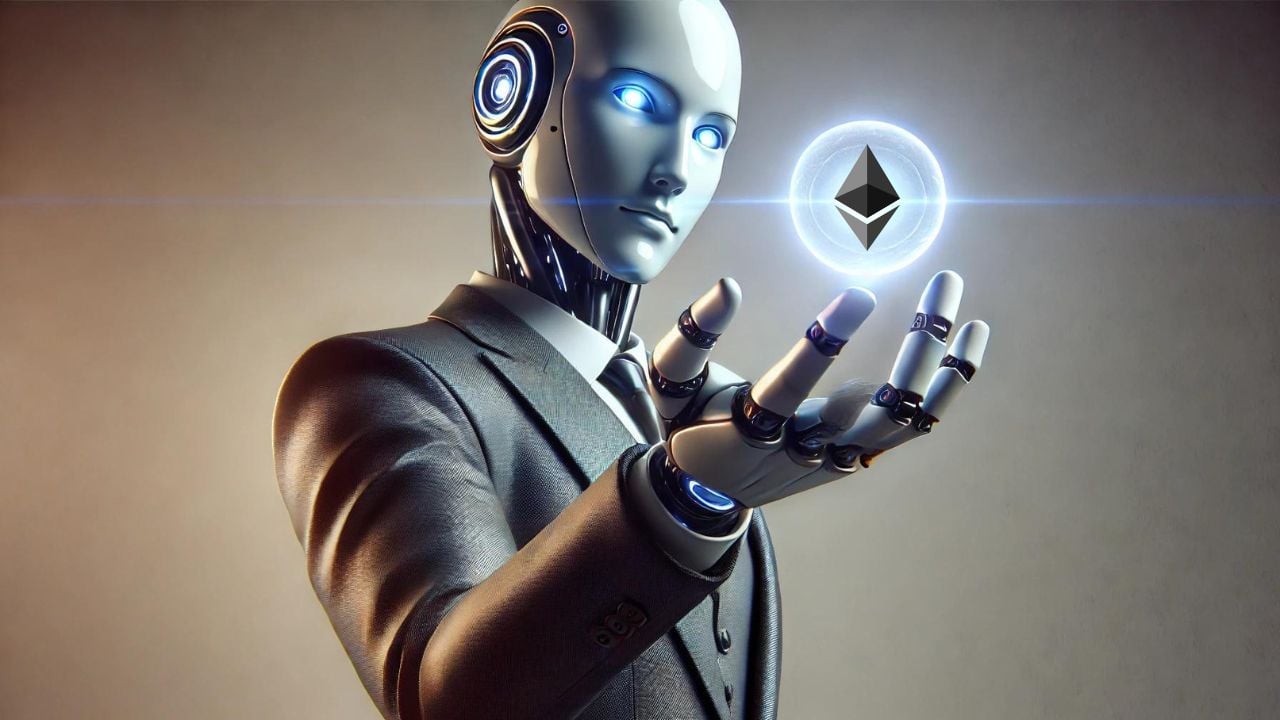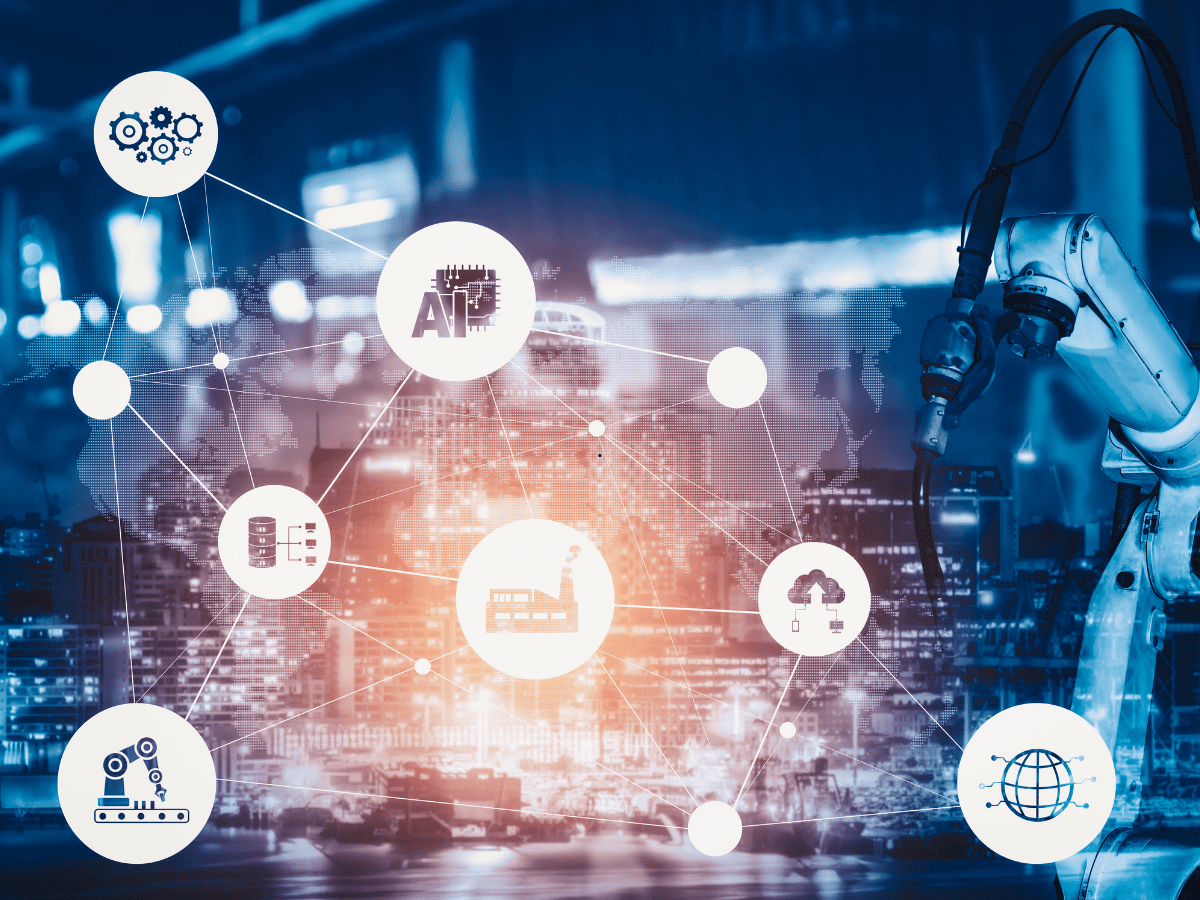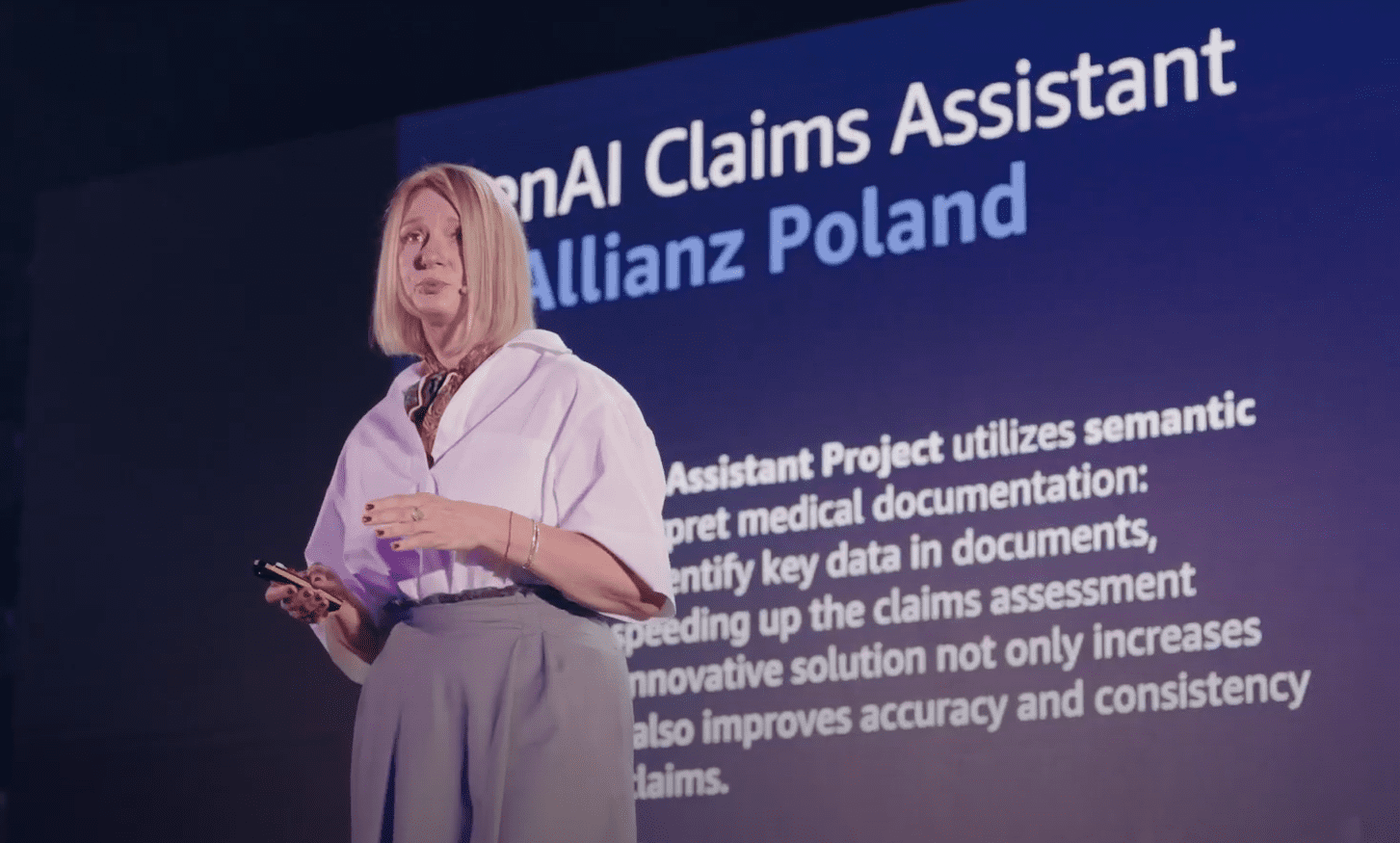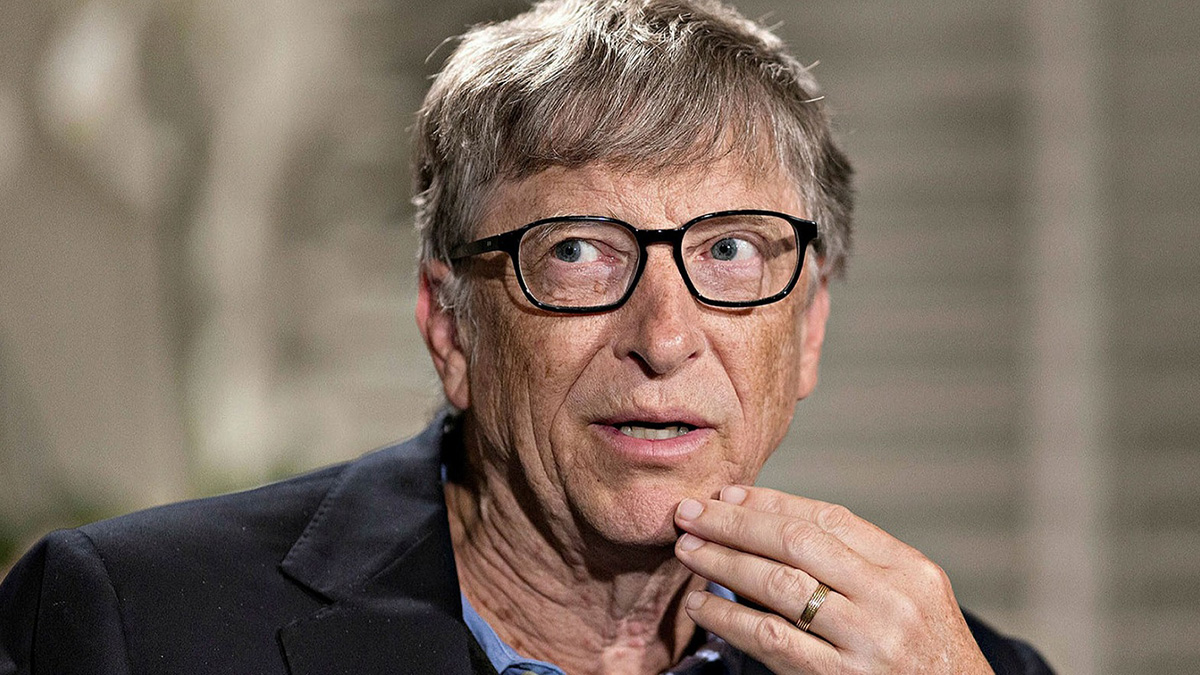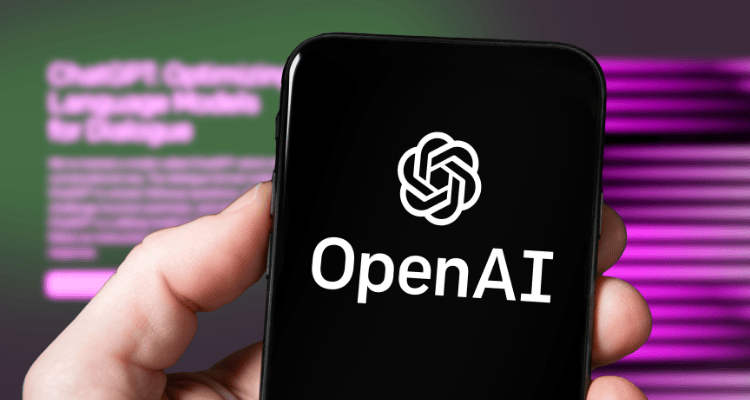- Valuations skyrocket: Over the past year, ten leading AI startups (led by OpenAI, Anthropic and Elon Musk’s xAI) have seen their combined private-market valuations jump by nearly $1 trillion business-standard.com. This unprecedented surge has pushed some valuations into the hundreds of billions (OpenAI ~$300–500B, Anthropic ~$183B, xAI ~$80B, Databricks ~$100B, etc.) reuters.com.
- No profits in sight: Strikingly, none of these companies are profitable; most are still burning venture capital. For example, even as OpenAI eclipsed $13 billion in annual revenue by mid-2025 reuters.com and Anthropic projects ~$7–25B in run-rate sales reuters.com, both (like others on the list) are investing heavily in R&D and have yet to show net profits.
- Massive VC influx: VCs poured record sums into AI. In 2025 alone, US venture investors committed roughly $161 billion to AI startups – about two-thirds of all their funding – with the lion’s share going into these ten firms business-standard.com. SoftBank, Andreessen Horowitz, Nvidia’s NVentures and others have led mega-rounds, driving valuations ever higher.
- Bubble alarms: The frothy market has prompted stark warnings from experts. Julien Garran (MacroStrategy Partnership) bluntly calls this “the biggest and most dangerous bubble the world has ever seen”, noting that AI investments now dwarf past mania (he and others have cited AI’s market in 2025 as roughly 17× the dot-com bubble and 4× the 2008 housing bubble computerweekly.com). Bank of England regulators have similarly cautioned that stretched valuations could see a sudden correction.
- Historic parallels: Analysts and media compare the current AI boom to earlier tech and asset bubbles. Ray Dalio and others have likened today’s AI exuberance to the late-1990s dot-com bubble weforum.org. Yet proponents (including OpenAI’s Sam Altman) insist the scale of AI’s potential justifies it, even if some capital is “misallocated” business-standard.com.
- Hype and FOMO: The media spotlight on ChatGPT and “AGI” has stoked investor frenzy. Buzz around gargantuan datasets, neural nets and future AI breakthroughs, coupled with fear of missing out, has meant round after round of newsworthy fundraises. As one summary notes, “the bulk of funding has gone to just ten firms,” squeezing valuations higher business-standard.com.
The past year’s meteoric rise in AI startup valuations has drawn both awe and alarm. Investors have plowed unprecedented capital into the sector, lifting firms like OpenAI, Anthropic and others to eye-watering worth – despite the fact that practically none are turning a profit business-standard.com. Below we examine who these companies are, how their valuations have exploded, what (if any) revenues they’re generating, and why experts warn this bubble could be dangerous.
Who Are the Top AI Unicorns?
The ten AI startups at the heart of this surge (cited by the Financial Times and industry data) include OpenAI, Anthropic, Musk’s xAI (merged with Twitter/X), Perplexity AI, Anysphere (maker of coding assistant Cursor), Scale AI, Safe Superintelligence, Thinking Machines Lab, Figure AI, and Databricks business-standard.com. Their latest valuations (from recent funding rounds and share deals) span from roughly $10 billion up to hundreds of billions:
- OpenAI: Backed by Microsoft and SoftBank, OpenAI’s valuation was boosted to ~$300 billion in early 2025 reuters.com. In October 2025 a secondary share sale reportedly took it to $500 billion reuters.com, making it perhaps the most valuable private company ever.
- Anthropic: The self-described AI “safety lab” co-founded by ex-OpenAI researchers recently raised $13 billion at a $183 billion post-money valuation reuters.com. That triples its ~$61.5B value from March 2025 and makes it second only to OpenAI.
- xAI (Musk’s AI): Elon Musk’s xAI startup (which has since merged with Twitter/X) was valued at about $80B for xAI plus $33B for X in June 2025 reuters.com – roughly $113B combined. Tesla and SpaceX’s Musk led this AI play, which raised debt and sought new equity at those levels reuters.com.
- Perplexity AI: A new generative search engine, Perplexity closed a $200 million round in Sept 2025 at a $20B valuation reuters.com – more than doubling its ~$9B valuation from late 2024. Its valuation jump reflects investor bet on AI-driven search growth.
- Scale AI: A data-labeling and AI infrastructure specialist, Scale AI has seen private deals value it at about $29B reuters.com (after Meta’s $14.3B investment for a 49% stake). It’s a staple of AI supply chains, though it’s older and closer to profitability than many peers.
- Figure AI: A robotics startup building humanoid “general-purpose” robots, Figure raised a Series C round in Sept 2025 at a $39B post-money valuation prnewswire.com. (That’s a dramatic leap from the $2.6B valuation as recently as early 2024 en.wikipedia.org.)
- Safe Superintelligence (SSI): Founded by ex-OpenAI scientist Ilya Sutskever, SSI secured $2B at a $32B valuation in April 2025, despite having no public product calcalistech.com. Investors (Google, Nvidia, top VCs) bet on its AI vision, making SSI one of the richest pre-product startups on earth.
- Thinking Machines Lab: Former OpenAI exec Mira Murati’s startup raised ~$2B at a $12B valuation by mid-2025 reuters.com. It has no revenue yet, but early funding underscores how much value top AI talent commands.
- Anysphere: The maker of AI code assistant Cursor, Anysphere raised $900M in June 2025 at a $9.9B valuation news.crunchbase.com. (That followed a rapid rise: just months earlier in Dec 2024 it was valued ~$2.6B.) Investors bid up its price as Cursor’s enterprise customers embraced AI programming tools.
- Databricks: Not a “startup” in the traditional sense (founded 2013, now eyeing IPO), Databricks is a data/AI platform. In Sept 2025 it raised $1B at a $100B valuation, on the back of ~$4B annual revenue and heavy AI demand reuters.com. Notably, Databricks has reached positive free cash flow reuters.com, but even its sky-high valuation is often discussed alongside these loss-making unicorns.
These ten firms alone now account for nearly $1 trillion in combined private value business-standard.com. Importantly, all have grown enormously in the past year: for example, OpenAI’s valuation roughly doubled from $157B in late 2024 to $300B by spring 2025r euters.com (and then to $500B later in 2025 reuters.com), while Anthropic’s roughly tripled from ~$60B to $183B reuters.com. Emerging players saw even steeper jumps (Figure AI from $2.6B to $39B, Anysphere from $2.6B to $9.9B, Safe Superintelligence from $5B to $32B, etc.).
Revenue Runs vs. Profitability: The Missing Bottom Line
Despite the stratospheric valuations, most of these companies generate little or no profit today. Only a few report any significant revenue, and even those are plowing everything back into growth. For instance, OpenAI reported roughly $13B in annualized revenue by mid-2025 (a jump from essentially zero before ChatGPT) reuters.com, and Databricks is on a $4B revenue run rate reuters.com. Anthropic’s internal run-rate was cited around $5–7B by mid-2025 reuters.com. However, none have declared net profitability: OpenAI and Anthropic both burn cash to train ever-larger models, and others (like xAI, Thinking Machines, SSI) have virtually no product revenues yet. Even Databricks – the only one with substantial sales – only recently achieved positive cash flow reuters.com and remains privately valued as a “growth” tech company rather than a steady earner.
This disconnect – astronomical market values for zero-profit ventures – is exactly what alarms critics. As FT notes, “ten loss-making AI startups have seen their combined valuations soar to nearly $1 trillion” business-standard.com. Put bluntly: these companies are worth fortunes on paper, yet investors admit they are still figuring out how to turn that value into profit. Sam Altman (OpenAI’s CEO) and others argue that building future AGI could justify this investment even if many bets fail business-standard.com, but skeptics point to the disconnect as classic bubble behavior.
Analysts Sound the Alarm: “The Biggest Bubble Ever”
Industry analysts and commentators are raising red flags. MacroStrategy’s Julien Garran (a former UBS strategist) has been especially vocal, writing that “Make no mistake, I think that this is the biggest and most dangerous bubble the world has ever seen”. Garran emphasizes that AI investment has ballooned far beyond fundamentals: he and a MarketWatch report highlighted that AI funding now dwarfs previous tech manias – roughly “four times the wealth” of the 2008 subprime mortgage bubble, and on one estimate “17 times the size” of the late-1990s dot‑com bubble computerweekly.com. Those claims underscore how many trillions of dollars have chased far-future promises.
Other experts echo the concern. Venture-capital veteran Hemant Taneja (General Catalyst) noted the froth but also argued “bubbles are good” because they concentrate talent and capital business-standard.com. But central bankers have been less sanguine: the Bank of England’s Financial Policy Committee warned in 2025 that stretched valuations and hidden debt (such as private funding and SPVs backing AI spending) raise the risk of a sudden market correction computerweekly.com. Indeed, regulators worry that if these private valuations crumble, the spillover (through layoffs, exiting investments, etc.) could hurt the broader economy.
OpenAI’s own leadership takes a mixed view. Sam Altman has acknowledged the “bubble” talk but emphasizes that even if some capital is misallocated, the pursuit of transformative AI is worth the cost business-standard.com. Other tech luminaries (from Baidu’s CEO to investor Ray Dalio) have explicitly compared today’s AI craze to the dot-com era weforum.org. And anecdotes abound: headlines trumpet stratospheric funding rounds, while venture investors scramble to jump in on “fear of missing out.”
Back to the Future: AI Frenzy vs. Past Tech Bubbles
Observers widely compare the current AI boom to past speculative manias. The late-1990s internet bubble is the obvious analog, when startups with no clear path to profit saw valuations explode (and then crash) before foundational survivors like Google emerged. Today’s AI bubble is different in some respects – for example, investors argue that real companies (like Nvidia, Microsoft, Google, Amazon) are already making fortunes by enabling AI – but the parallels in investor psychology are hard to ignore. As one analysis notes, the colossal spending on AI hardware and data centers today is “unprecedented,” reminiscent of how dot-com hype poured money into building web infrastructure weforum.org.
Indeed, some comparisons go beyond tech. Analyst commentary has framed AI investment as even larger than the U.S. housing boom of 2008 and far beyond prior tech highs computerweekly.com. One financial newsletter quipped that when so much capital is thrown at unproven startups, “how do you know it will end badly?” – echoing the infamous 1999 remark before the dot‑com bust weforum.org. Others point to “tulip mania” or the 2008 crisis, but with modern scale. Ultimately, history suggests “bubbles” can and have ended painfully. Whether the same will happen here is hotly debated, but most agree a correction – if it comes – could be swift given the extent of leverage and speculative funding now in play.
Fueling the Frenzy: Venture Capital, Hype and Media
Several forces have inflated these AI valuations. Record venture capital is the engine: as noted above, VCs are on track to deploy well over $200 billion into AI by year-end 2025 business-standard.com, far outstripping any prior year’s tech funding. Much of that money went into these ten companies (and a few similar ones), inflating their worth every time new funding is announced. Big tech players have helped too: SoftBank’s multi-$10B deals with OpenAI, Nvidia’s backing of new startups, and Meta’s scale investment are as much about locking in technology as about betting on returns.
Hype and media amplify the effect. ChatGPT’s launch turned AI into front-page news and Silicon Valley’s hottest buzzword. Every new model (GPT-4, Gemini, Claude, etc.) or AI product announcement becomes a rallying cry for more investment. Media coverage often focuses on mind-blowing demos and future potential, creating public hype. Analysts warn that this “narrative-driven” hype can lead to FOMO (fear of missing out) among investors, making them accept sky-high valuations in the hopes of getting “in on the ground floor” of the next tech revolution.
Secondary markets and shareholder deals have also played a role. Unlike typical startups, some of these AI firms allow employees or early backers to sell shares in the private market at huge prices (as with OpenAI’s $6.6B share sale in Aug 2025) reuters.com. These transactions reset the price for everyone. Each new headline – “AI startup raises at $XB valuation” – feeds on itself, convincing the market that these valuations are justified.
In short, this cycle is driven as much by psychology as by fundamentals. Historic bubble dynamics are evident: cheap money (low interest rates), a shiny new technology narrative, celebrity investors and CEOs, and intense competition among VC firms to fund the next unicorn. Together, they have “fueled a frenzy” that some experts worry could end badly if expectations aren’t met.
A Potent Cocktail: Opportunity and Risk
Investors and analysts acknowledge that AI holds genuinely enormous long-term potential – unlike some crazes built on vapour. Even bubble pessimists concede we may still be in an “AI boom” rather than a pointless fad. For now, though, the economics are precarious: existing revenues and profits for these startups are dwarfed by their valuations. If earnings don’t eventually catch up, or if venture capital dries up, valuations could quickly retrench.
As Garran warns, this unmatched speculative surge “misallocates capital and heightens systemic risk”. Whether or not these companies eventually justify their worth, the current state – trillion-dollar valuations on zero profits – is extraordinary. Investors, employees and observers would be wise to heed past lessons. The AI revolution may be transformative, but history suggests that when investor euphoria outpaces economic reality, the corrections can be painful.
Sources: Reporting from the Financial Times, Reuters, Business Standard, and others (cited above) document the funding rounds and valuations of the top AI startups business-standard.com, reuters.com, prnewswire.com. PitchBook data and VC reports show record funding levels business-standard.com. Expert analysis and interviews (Julien Garran’s MacroStrategy note, investor forums, regulatory statements) underscore the bubble concerns computerweekly.com, business-standard.com. All figures and quotes are sourced from the cited publications.


